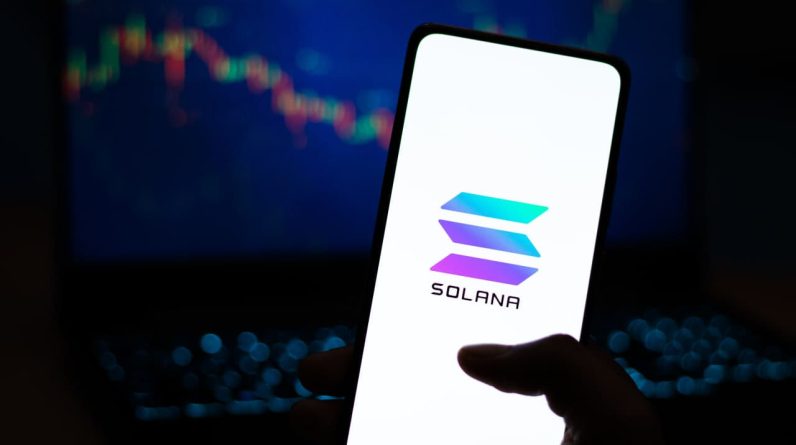
Views: 16
In recent years, the financial world has witnessed a paradigm shift with the emergence of Decentralized Finance (DeFi). This revolutionary concept leverages blockchain technology to create an open, permissionless, and transparent financial ecosystem, challenging traditional centralized systems. With its promise of democratizing finance and eliminating intermediaries, DeFi has captured the imagination of investors, developers, and innovators worldwide.
Introduction to DeFi
Decentralized Finance, or DeFi, refers to a broad category of financial applications and platforms built on blockchain networks like Ethereum. Unlike traditional finance, which relies on centralized institutions such as banks and exchanges, DeFi operates on decentralized protocols, smart contracts, and digital assets. These platforms facilitate various financial services, including lending, borrowing, trading, yield farming, and asset management, all without intermediaries.
The Core Principles of DeFi
At the heart of DeFi lies a set of fundamental principles:
- Decentralization: DeFi protocols operate without a central authority, allowing users to interact directly with smart contracts and retain control over their funds.
- Transparency: Transactions on DeFi platforms are recorded on a public blockchain, ensuring transparency and auditability.
- Interoperability: DeFi protocols are often interoperable, enabling seamless integration between different applications and platforms.
- Accessibility: DeFi opens up financial services to anyone with an internet connection, bypassing the barriers imposed by traditional finance.
Exploring DeFi Applications
1. Decentralized Exchanges (DEXs):
- DEXs facilitate peer-to-peer trading of digital assets without relying on a centralized intermediary.
- Popular DEXs include Uniswap, SushiSwap, and PancakeSwap.
2. Lending and Borrowing Platforms:
- DeFi lending protocols enable users to lend out their crypto assets and earn interest, or borrow assets by collateralizing their holdings.
- Leading platforms like Compound and Aave offer decentralized lending and borrowing services.
3. Yield Farming and Liquidity Mining:
- Yield farming involves providing liquidity to DeFi protocols in exchange for rewards, often in the form of governance tokens.
- Liquidity mining incentivizes users to contribute liquidity to decentralized exchanges and other platforms, thereby enhancing market depth.
4. Stablecoins and Synthetic Assets:
- Stablecoins pegged to fiat currencies provide stability in a volatile crypto market, facilitating seamless transactions and hedging strategies.
- Synthetic assets represent real-world assets on the blockchain, enabling exposure to traditional markets without intermediaries.
Benefits of DeFi
- Financial Inclusion: DeFi opens up financial services to unbanked and underbanked populations worldwide, empowering individuals to access capital and participate in the global economy.
- Lower Costs: By eliminating intermediaries and automating processes through smart contracts, DeFi reduces transaction costs and fees associated with traditional finance.
- Global Accessibility: DeFi operates 24/7 and is accessible from anywhere with an internet connection, providing unparalleled accessibility compared to traditional financial systems.
- Innovation and Experimentation: The decentralized nature of DeFi fosters innovation and experimentation, leading to the rapid development of new financial products and services.
Risks and Challenges
- Smart Contract Risks: Vulnerabilities in smart contracts can lead to exploits and financial losses for users.
- Regulatory Uncertainty: DeFi operates in a regulatory gray area, posing legal and compliance challenges as regulators grapple with its implications.
- Market Volatility: The crypto market is highly volatile, exposing users to significant price fluctuations and liquidity risks.
- Liquidity Risks: DeFi protocols rely on liquidity providers, and sudden withdrawals can impact liquidity and stability.
Future Outlook
Despite the challenges, the future of DeFi looks promising. As the ecosystem matures, we can expect:
- Scalability Solutions: Projects are actively working on scaling solutions to address the scalability limitations of current DeFi platforms.
- Regulatory Clarity: Regulatory frameworks are evolving to accommodate DeFi, providing clarity and legitimacy to the industry.
- Institutional Adoption: Institutional investors are increasingly exploring DeFi as a viable investment option, bringing liquidity and credibility to the ecosystem.
- Cross-Chain Integration: Interoperability solutions will enable seamless interaction between different blockchain networks, unlocking new possibilities for DeFi applications.
Conclusion
Decentralized Finance represents a seismic shift in the way we perceive and interact with financial systems. By leveraging blockchain technology, DeFi has the potential to democratize finance, foster innovation, and empower individuals worldwide. As the ecosystem continues to evolve and mature, it is essential for stakeholders to navigate the opportunities and challenges of this transformative paradigm shift.






